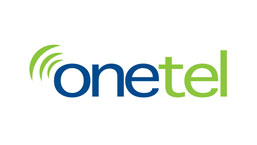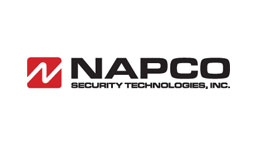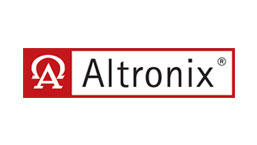By Ryan Brady, TRG Associates, rbrady@trgassociates.com
 A PERS unit is a device that is used to request help from a monitoring center in the event of an emergency. The monitoring center can alert family and emergency services to help the customer. There are two main types of medical alert devices: traditional and mobile. Landline PERS devices use a landline that is powered by the customer’s home electricity, whereas mobile PERS devices are connected to a wireless network and use battery power.
A PERS unit is a device that is used to request help from a monitoring center in the event of an emergency. The monitoring center can alert family and emergency services to help the customer. There are two main types of medical alert devices: traditional and mobile. Landline PERS devices use a landline that is powered by the customer’s home electricity, whereas mobile PERS devices are connected to a wireless network and use battery power.
One of many upsides for getting into PERS is that the technology offering is distributing equipment without rolling a truck – this allows the customer to not have a significant amount of upfront costs, so the RMR can start very quickly.
Another upside is that in many cases Medicaid pays for the services, so you end up in a position where you are not collecting from a consumer but instead a government agency. This is helpful from an attrition standpoint because usually Medicaid subscribers are automatically redeployed from a wait list.
PERS also connects you to a very large demographic – Over the past 10 years as of 2017, the population age 65 and over increased from 37.2 million in 2006 to 49.2 million in 2016 (a 33% increase) and is projected to almost double to 98 million in 2060.









